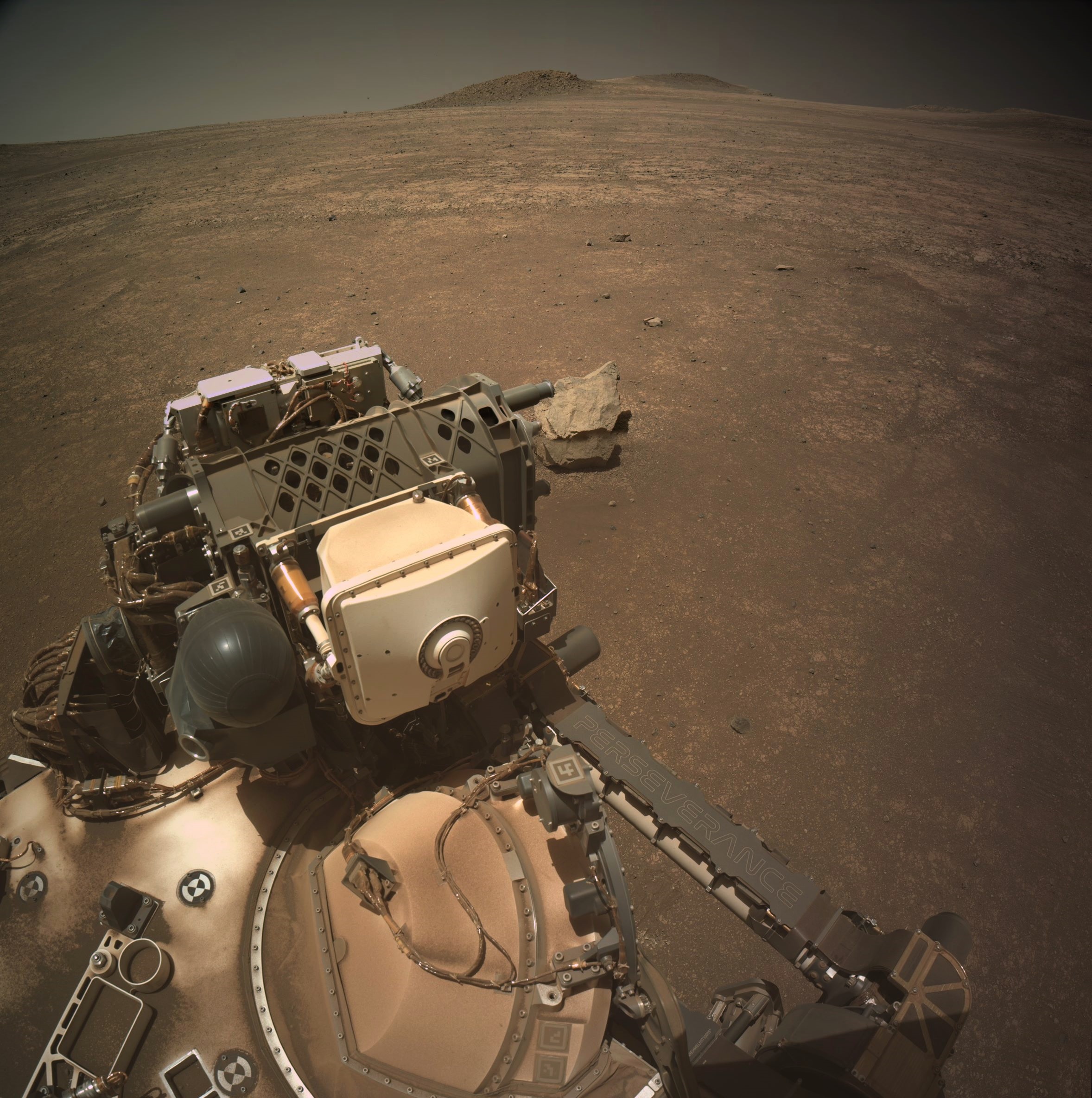Did this short drive really take 1 hour?
The data shows that duration.
We can usually trust this data, although the JSON data is occasionally revised and the JSON updated, after the team have checked the data, but that's rare from what I've observed.
The data is provided by JPL, in their post drive Traverse JSON URL.
That JSON reports the mission clock time in seconds (since landing).
It reports the start-of-drive (SCLK_Start) and end-of-drive (SCLK_End).
The difference between the two timestamps for this drive is 3504 seconds, or 58.4 minutes
I'm assuming the rover paused at some point during its drive although there are no mid drive images (so far), the clock keeps running during pauses for imaging or hazard avoidance.
I don't see any hazards, except for the small boulder to the side of the rover at the start of the drive. I've checked the RMC numbers on all the images we have so far from sol 1551, and I don't see any mid-drive images.
There may be some further images that are still on the rover (yet to be downlinked), so let's assume that it paused to drive around that rock (see attached pre-drive HazCam tile)















As you say 'It is hard to tell', but going by the reflected light inside the tube in one of the CacheCam frame we have at this time, I'm assuming that that core fell out before it reached the imaging station inside the rover. More images needed :)
Staying tuned :)